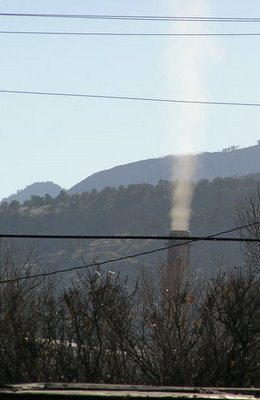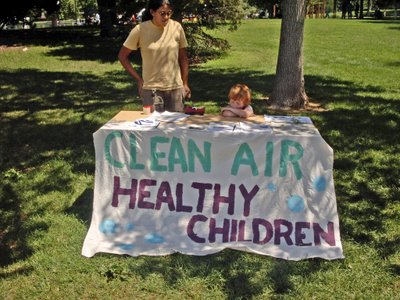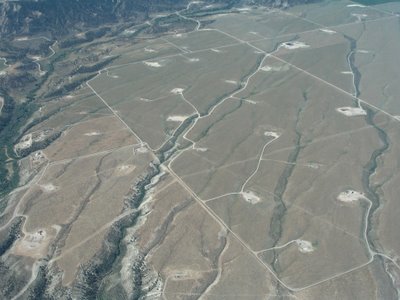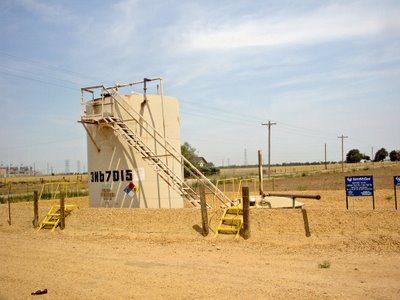Coalition Unites to Clean Air from CEMEX Cement Plants
A coalition of community groups and local governments from across the country have come together to pressure CEMEX, Inc., a large multinational cement company, to clean up its act. CEMEX is a notorious and chronic air polluter. In California, Colorado, Florida, Georgia, Illinois, New Mexico, and Ohio, CEMEX has been cited for violating clean air laws and threatening the health of children and families.
Among the local groups mounting pressure are the Mothers Against Tire Burning, St. Vrain Valley Community Watchdogs, Friends of the St. Vrain River Valley, and the Colorado Citizens Campaign, all of which have worked tirelessly to hold CEMEX accountable to clean air here in Colorado. Rocky Mountain Clean Air Action has joined these groups in demanding one simple thing: that CEMEX take responsibility to protect the air we breathe.
CEMEX's cement plant near Lyons in Boulder County Colorado has violated limits on dioxin emissions over 100,000 times in the last three years and has falsely certified compliance with clean air laws and regulations. The company was cited by the state of Colorado on September 23, 2005 and June 8, 2006 for these and many other violations.
 CEMEX's kiln smokestack spews out toxic smoke in this 2004 photo (courtesy St. Vrain Valley Community Watchdogs).
CEMEX's kiln smokestack spews out toxic smoke in this 2004 photo (courtesy St. Vrain Valley Community Watchdogs).According to the U.S. Environmental Protection Agency, CEMEX releases .114 grams of dioxin a year from its Lyons plant. That amount may seem small, but the EPA has determined that exposure to just 0.000001 grams over 70 years is "safe" for people. The amount of dioxins released by CEMEX is enough to poison all 114,680 households in Boulder County.
Check out a recent article in the Boulder Daily Camera about efforts to hold CEMEX accountable. Rocky Mountain Clean Air Action heartily applauds and supports these efforts, and strongy encourages everyone to do the same!









